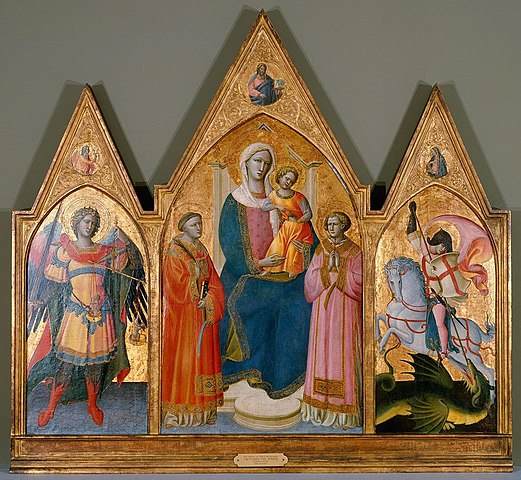
Saints Days
It has long been tradition that the Christian Church gives special recognition to people who dedicated their lives to their faith, with many being executed because of their Christian ideals. It was also tradition that the date of their martyrdom, or the date of their death (and thus their ascension to Heaven), became the date on which that saint is commemorated. These dates originally became known as Feast Days, though this did not necessarily mean that large meals were held in honour of that saint, and the Church developed a Calendar of Saints to help remember each one, which served as inspiration to be a true and good Christian. Each day of the year is associated with at least one saint, with these Feast Days presenting a time for Christians to honour and celebrate particular saints and the aspects of life that they are affiliated with. There is even a tradition that parents name their child after the saint’s day that they were born on.
From Feast Days To Saints Days
Today, even non-Christians mark certain saints days. The feast days of the patron saints of England, Wales, Scotland and Ireland are often marked in calendars and it’s common for people to celebrate St. Valentine’s Day and All Saints Day. But what about the other days of the year? Let’s take a moment to learn the stories of a few of the lesser-known saints.
St. Margaret of Antioch
Margaret was born into a pagan family at the end of the 3rd century. Her wet-nurse encouraged her to convert to Catholicism as a young girl and she took a vow of celibacy. However, a Roman governor wished to marry her and when Margaret refused she was imprisoned and tortured. The story goes that, whilst in prison, Satan appeared to Margaret in the form of a dragon and ate her whole but Margaret used the cross she was wearing to cut open the dragon from the inside and escape. Future attempts to murder Margaret failed and she inspired thousands of people to convert to Christianity. She was, however, eventually beheaded, and, despite being known as Margaret the Virgin, is celebrated as the patron saint of pregnancy on the 20th July. She is also known as being one of the saints to have appeared to Joan of Arc in her visions.
St. Erasmus (St. Elmo)
A common narrative shared by many saints is that they were imprisoned because of their faith, subjected to horrific torture, then miraculously saved. St. Elmo is a prime example of this. The first time he was imprisoned and tortured, an angel helped him to escape. The second time he was captured, he was tortured by being forced into a barrel lined with spikes which was then rolled down a hill. But again, he was rescued by an angel who healed his wounds. The third time, he was burnt alive before being thrown into prison. Elmo escaped prison again but was once more captured and this time tortured to death by having his intestines drawn out and tied around a pole. He is one of the patron saints of sailors, his feast day being the 2nd June.
St. Quiteria
According to Portuguese tradition, St. Quiteria is the most well-known of the Nonuplet Sisters born in the 2nd century. Disgusted at having given birth to nine daughters, Quiteria’s mother ordered a maid to drown the girls, but the maid took pity on them and found them a new home. As adults, all nine women found Christianity and, after refusing to marry Roman suitors, were imprisoned. On escaping prison, the women waged war on the Roman Empire and followers of the old Roman gods. Quiteria was eventually caught and beheaded. Her feast day is the 22nd May.
To learn who the saints for each day of the year are, you can find the Saints Day Calendar at Calenworld.com.